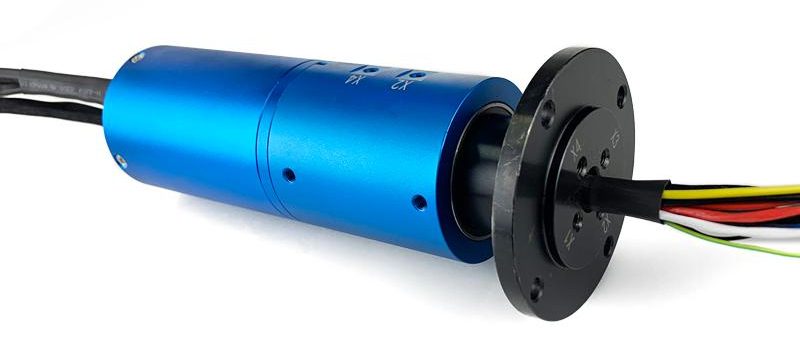Rotary couplings are an essential component of many industrial machines. What exactly do they do? In this article, we’ll explain deeper into rotary couplings functions, types, and importance in various industries.
Quick Introduction
Commonly used in a variety of industrial machinery, rotary couplings transmit fluids, gases, and electricity from stationary sources to rotating components, allowing continuously rotating machines to operate without interruption.
Answering the Questions
Functions of Rotary Couplings
Rotary couplings serve several essential functions in industrial machines, including:
Fluid transfer: Applied in the oil and gas industry, it can transfer liquids, gases and other fluids from stationary sources to rotating parts.
Electrical transfer: In addition to fluid transfer, rotary couplings also enable the transfer of electricity from stationary sources to rotating components. This is important in machines such as wind turbines, where electrical power needs to be generated continuously.
Signal transfer: Rotary couplings can also transfer signals from stationary sources to rotating components. This is important in industries such as telecommunications, where signals need to be transmitted continuously.
Types of Rotary Couplings
There are several types of rotary couplings, each designed for specific functions. Some of the most common types include:
Fluid rotary couplings: These couplings are designed for the transfer of liquids, gases, and other fluids.
Electrical rotary couplings: These couplings are designed for the transfer of electricity from stationary sources to rotating components.
Hybrid rotary couplings: These couplings combine the functions of fluid and electrical couplings and are commonly used in wind turbines and other renewable energy sources.
Importance of Rotary Couplings
Rotary couplings play a critical role in various industries, including:
Manufacturing: Rotary couplings are used in various manufacturing processes, including food and beverage production, paper mills, and pharmaceuticals.
Oil and gas: Rotary couplings are essential in the oil and gas industry, where they enable the transfer of fluids and gases from drilling equipment to the surface.
Renewable Energy: Rotary couplings are used in wind turbines, solar panels, and other renewable energy sources to enable continuous operation.
Youtube Videos
*How Rotary Couplings Work” by Rotary Systems Inc.
*Rotary Couplings vs. Slip Rings” by Dynatect Manufacturing Inc.
Conclusion
Rotary couplings can transport fluids, electricity and signals, so they have applications in various industries; different industries have specific rotary couplings suitable for their performance.
If you have any questions, please feel free to leave them in the comments below.
Frequently Asked Questions
Q: What Is a Rotary Coupling?
A: A rotary coupling is a device that enables the transfer of fluids, electricity, and signals from a stationary source to a rotating component.
Q: What Are the Types of Rotary Couplings?
A: There are several types of rotary couplings, including fluid rotary couplings, electrical rotary couplings, and hybrid rotary couplings.
Q: What Are Rotary Couplings Used For?
A: The ability of rotary couplings to allow continuous operation of equipment makes them commonly used in industrial machinery such as rotary tables, indexing tables, printing presses and hydraulic machinery. They are also used in wind turbines, cranes and other heavy equipment that needs to rotate while maintaining a fluid or electrical connection.


